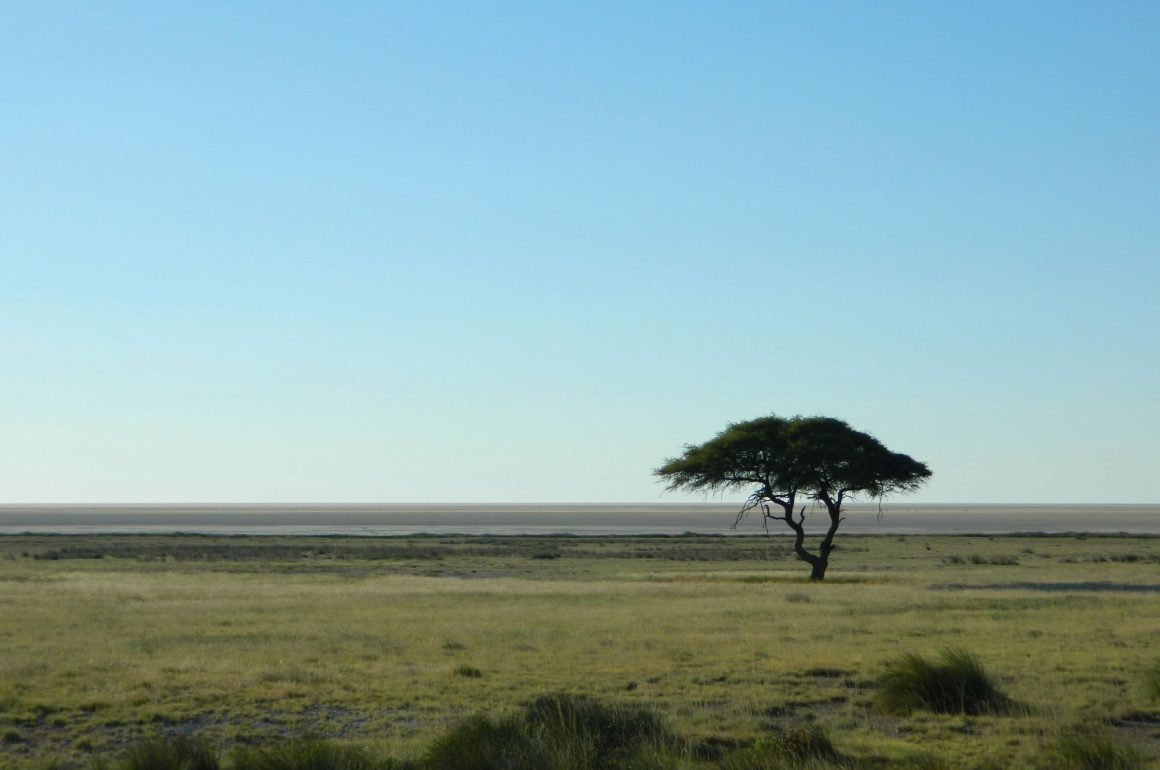
Etosha is one of Namibia’s most famous natural sites and national parks, and rightly so. Not only the huge pan but also the surrounding plains covered in grasslands and woodland are productive places for birding. Spending a few days here on a cross-Namibia tour which also included the Spitzkoppe, I could only scratch the dust-covered surface, so to speak, of this exciting area. Nonetheless, already such a short stay produced a large range of lovely species.
Halali camp is a great spot to see some woodland species, the highlights being Bare-cheeked Babblers and Violet Woodhoopoes. However, I was more interested in the species of more open, arid areas. One of these was the Double-banded Courser, which is common in this park. This was a nice case of how one yearns to see some species and then being in the correct spot and finding them plentiful to the extent that you start feeling mocked by them. However, I didn’t let that get to me simply because they’re just elegant birds and were fun to watch each time over again, particular one individual that was incubating a single egg simply laid onto the soil.
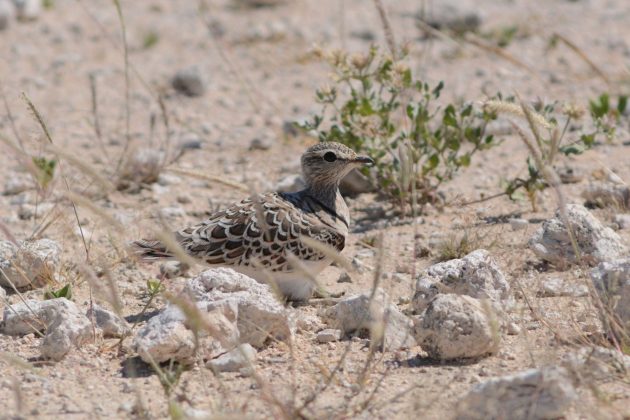
Similar in habits to the courser and just as pretty (although not as elegant) was the Red-capped Lark. These birds were often seen directly on the road. It seemed that they found some prey in the dry, cracked ground here. Of course, it could also just be that these were just the visible individuals, with the others being invisible in the grass, just as the lions I saw several days earlier in the Kgalagadi.
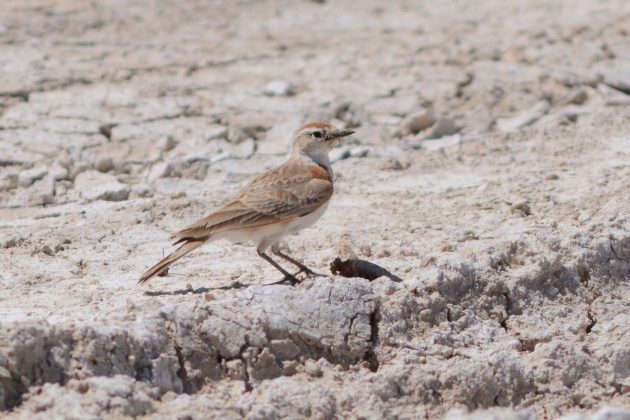
Two birds were less hidden and thus easily seen from a distance. One was the Northern Black Korhaan, which called actively during our time in the park, making them unmissable. They also made use of slight elevations to be even more obvious, and the small mounds created at the edge of the roads when they are being levelled seemed to be the perfect spots for this. When calling, they lost all of the shyness that korhaans usually exhibit, generating excellent opportunities to admire their deep black and finely barred plumage.
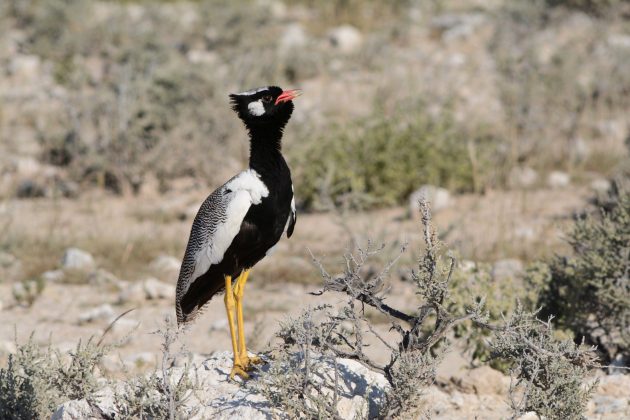
Another species that was easily seen, although not by being noisy like the korhaan, were Blue Cranes. Oddly more common here than I’ve seen anywhere in South Africa where they are the national bird, these birds strode gracefullly and serenely through the grass, their organic body shape accentuating the elegance of their movements. These are truly magnificient birds, and it was lovely to obtain such good views of them.
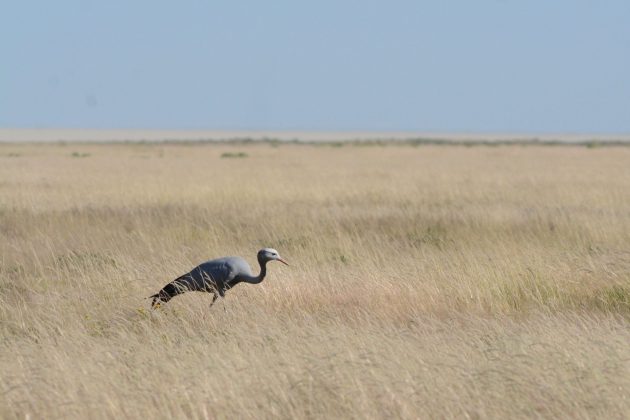
On some of the dry bushes, a Chat Flycatcher was perched in the manner of shrikes, using the exposed perch to catch insects. While this species is probably the definition of a dull bird, they were among the most approachable species and when up close, their plumage was actually attractive in the way some of the grey-brown tones merged into each other. Admittedly however, this could not keep me busy for long when I knew there were some rare larks to be found in these plains.

One such species I did not manage to see in Etosha was Dusky Lark, which does occur in the wooded areas around Halali in the eastern areas of the park. Caspian Plover can also be seen in the park with some luck, and is a bird I am desperate to see. However, given the short time we spent here, we sampled a rich collection of the park’s avifauna, and I’m looking forward to visiting again one day.

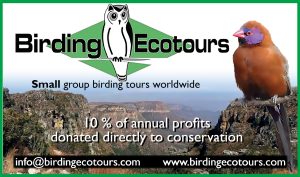
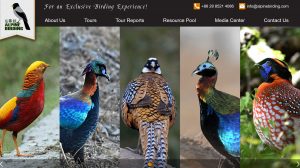
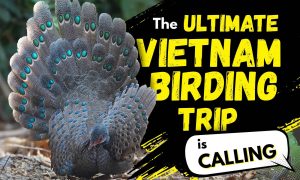
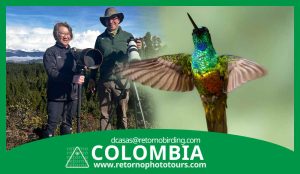
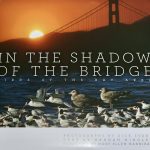
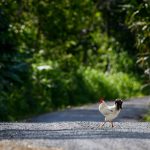

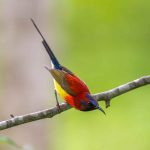
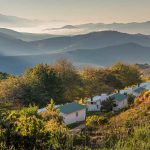
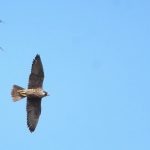
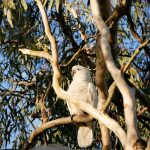
Dusky Lark is very seasonal and difficult to find – it’s probably the hardest of the intra-African migrants. Caspian Plover is more predictable (it’s a Holarctic migrant after all) but its range has contracted northwards. I have seen Dusky Lark on the Zaagkuildrift Road, but only seen Caspian up north in Djibouti. Both are very cool birds to find.
I spent a total of around 2 years in Namibia waaaaay back, and only saw Dusky Lark once during a good rain season in April way up North along the Kunene. As Peter said, a very difficult species in Namibia, at least 25 years ago.
Ah wow impressive to see Dusky Lark on the Zaagkuildrift Rd, so far south! Caspian is still a highly desired bird for me – the cherry on top would be in breeding plumage 😉
Yeahh I can imagine! I finally got lucky with two separate sightings of Dusky Lark in Nxai Pan and around Savuti in Botswana. Very happy to finally have seen this bird 🙂